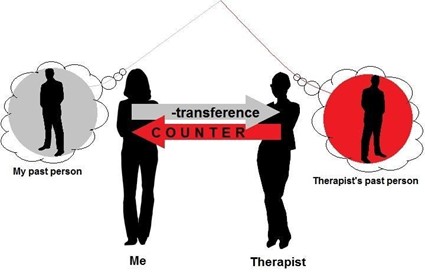During an interdisciplinary treatment team meeting, a short-term outcome is established for a client with depressive symptoms. Which SMART goal is most appropriate?
The client will make statements that he feels less depressed by the end of the first day of admission.
The client will express and demonstrate increases in energy by the third day of admission.
The client will reduce self-rating on the depression scale by 10% by the second day of admission.
The client will demonstrate increased interaction with other clients by discharge.
The Correct Answer is C
Explanation: SMART is an acronym for Specific, Measurable, Achievable, Relevant, and Time-bound. A SMART goal should be specific, clear, well-defined, measurable, attainable or achievable, relevant, and time-bound.
Option (a) is not specific, measurable, or achievable. It does not provide a clear target or timeline for the client's improvement, and it may not be attainable for some clients to feel less depressed after only one day of admission.
Option (b) is specific and measurable, but it may not be achievable or relevant for all clients. Increases in energy are not always a direct indicator of improved depressive symptoms.
Option (c) is specific, measurable, achievable, and relevant. A 10% reduction in the self-rating of the depression scale is a clear and well-defined goal that can be easily measured. It is also achievable and relevant as it directly addresses the client's depressive symptoms.
Option (d) is specific, measurable, achievable, and relevant. However, it is not time-bound, which means there is no clear timeline for the client's improvement. It is also not as direct or measurable as option (c).
Nursing Test Bank
Naxlex Comprehensive Predictor Exams
Related Questions
Correct Answer is C
Explanation
Countertransference occurs when a healthcare provider unconsciously redirects their own feelings and emotions onto their client. This can be triggered by similarities between the client and someone from the provider’s past or present, or by similarities between the client’s situation and the provider’s own experiences. In this case, if the nurse and client have similar histories, it may trigger countertransference in the nurse.

Correct Answer is ["A","B","C"]
Explanation
A. Sharing personal information with a client is a boundary violation, as it blurs the professional relationship and creates a risk for the client to become involved in the nurse's personal issues.
B. Making plans to have lunch with a client after discharge is also a boundary violation, as it can be interpreted as crossing the professional boundary and compromising the nurse's objectivity and impartiality.
C. Agreeing to keep a secret from a client can also be a boundary violation, as it may interfere with the nurse's professional judgment and duty to protect the client's safety and well-being.
D. Allowing a client to hold the nurse's hand before chemotherapy is not necessarily a boundary violation, as this can be a form of emotional support that is appropriate in some circumstances.
E. Reading a 'get-well' card to a client is not a boundary violation, as it is a form of emotional support that is appropriate and professional.
Whether you are a student looking to ace your exams or a practicing nurse seeking to enhance your expertise , our nursing education contents will empower you with the confidence and competence to make a difference in the lives of patients and become a respected leader in the healthcare field.
Visit Naxlex, invest in your future and unlock endless possibilities with our unparalleled nursing education contents today
Report Wrong Answer on the Current Question
Do you disagree with the answer? If yes, what is your expected answer? Explain.
Kindly be descriptive with the issue you are facing.
